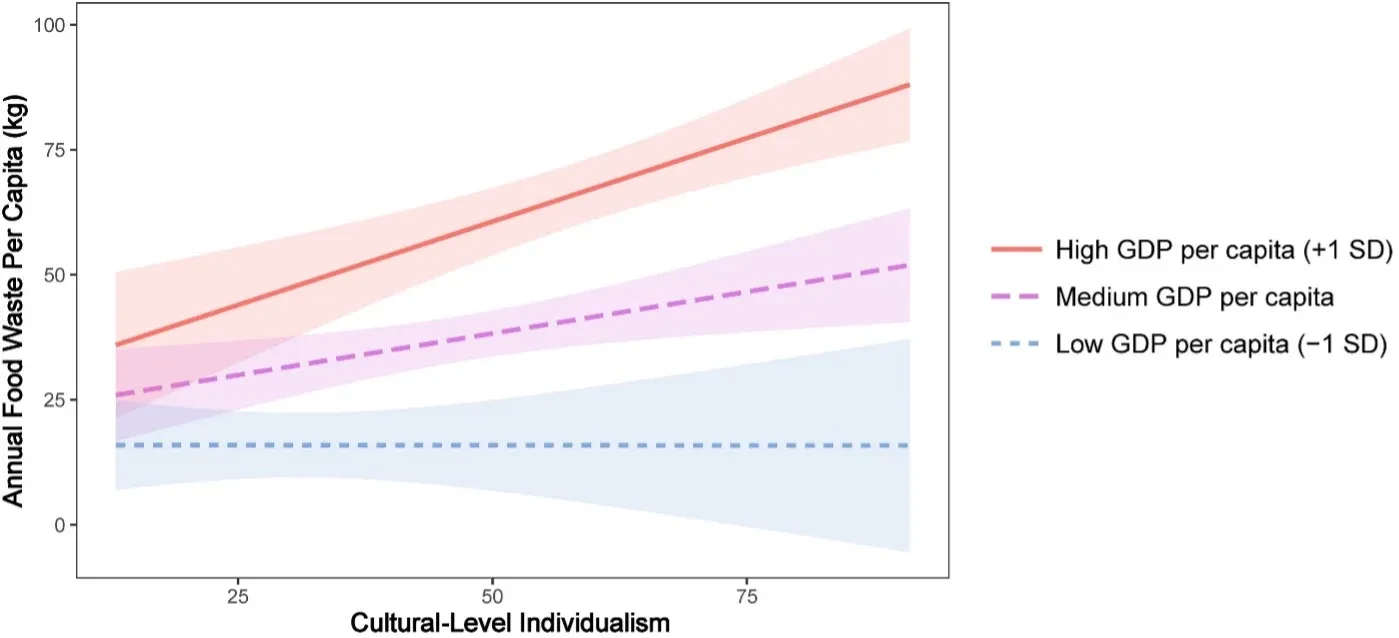
HKU Jockey Club Enterprise Sustainability Global Research Institute
World-Class Hub for Sustainability
Huachao Gao|He (Michael) Jia|Bingxuan Guo
Resources Available for Me versus Us: Implications for Mitigating Consumer Food Waste
Feb 19, 2025
Key Takeaways
- This research examines factors influencing consumer food waste.
- Country-level secondary data analysis, along with field and lab experiments, provide insights into interventions aimed at mitigating consumer food waste.
- Reminding consumers of scarce resources can reduce consumer food waste.
- Emphasizing connections with other people can reduce consumer food waste.
- Activating a sharing mindset can reduce consumer food waste.
- Reminding consumers of others in need of food can reduce consumer food waste.
Source Publication:
Huachao Gao, He (Michael) Jia, and Bingxuan Guo, “Resources Available for Me Versus Us: Implications for Mitigating Consumer Food Waste,” Journal of Marketing Research, 61 (4), 2024, 619-637. https://doi.org/10.1177/00222437231162615
Featured in the Journal of Marketing Research “How I Wrote This” Podcast.
Background
About one-third of all food made for human consumption ends up going to waste, producing adverse economic, societal, and environmental consequences. Mitigating food waste helps improve consumers’ financial status, increase food surplus for disadvantaged consumer groups, and reduce pollution to the environment, contributing to multiple Sustainable Development Goals set by the United Nations (SDG 2: Zero Hunger; SDG 12: Responsible Consumption and Production; SDG 13: Climate Action). Major economies have well recognized the importance and urgency of food-waste mitigation and initiated various campaigns, such as the Clean Plate Campaign (China), the Waste and Resources Action Programme (the UK), and the Food Wise Hong Kong Campaign (Hong Kong SAR). Against this backdrop, our research examines factors influencing consumer food waste and creates interventions to mitigate consumer food waste.
Method
Our research adopted a multi-method approach, including a country-level secondary data analysis (N = 63), a field experiment (N = 10,317), and six controlled experiments (N = 1,945), to examine how consumers’ resource availability and self-construal jointly influence their food waste behavior.
Figure 1. Resource Availability, Self-Construal, and Consumer Food Waste
(a) Country-Level Secondary Data Analysis

Country-level resource availability (reflected by GDP per capita) and collectivistic (vs. individualistic) orientation jointly determined food waste.
(b) Field Experiment in a Restaurant in China

Food resource availability (affected by the size of the plate serving food) and consumer-level collectivistic (vs. individualistic) orientation jointly determined food waste.
Results
A country-level secondary data analysis (N = 63) showed countries with a higher GPD per capita (i.e., having more abundant resources) wasted more food. Among these resource-abundant countries, those with a more collectivistic (vs. individualistic) orientation wasted less food (see Figure 1a). A large-scale field experiment conducted in a restaurant in China (N = 10,317) showed serving food on a small (vs. large) plate, which made food appear more abundant, resulted in more food waste. Under this circumstance, displaying a slogan, “We enjoy great food together” (vs. “I enjoy great food by myself”), that activated a collectivistic (vs. individualistic) orientation reduced food waste (see Figure 1b). Follow-up lab experiments further demonstrated consumers wasted less food when they were exposed to a sticker highlighting the concept of “sharing” or to a campaign calling for food donation to others in need.
Implications
Our research findings reveal several effective interventions for policymakers and practitioners to mitigate consumer food waste, such as (a) reminding consumers of scarce resources, (b) emphasizing connections with other people, (c) activating a sharing mindset, and (d) reminding consumers of others in need of food. These interventions can be implemented by carefully selecting the size of the plates serving food and by crafting slogans on plates, posters, and other spots in the restaurant environment.